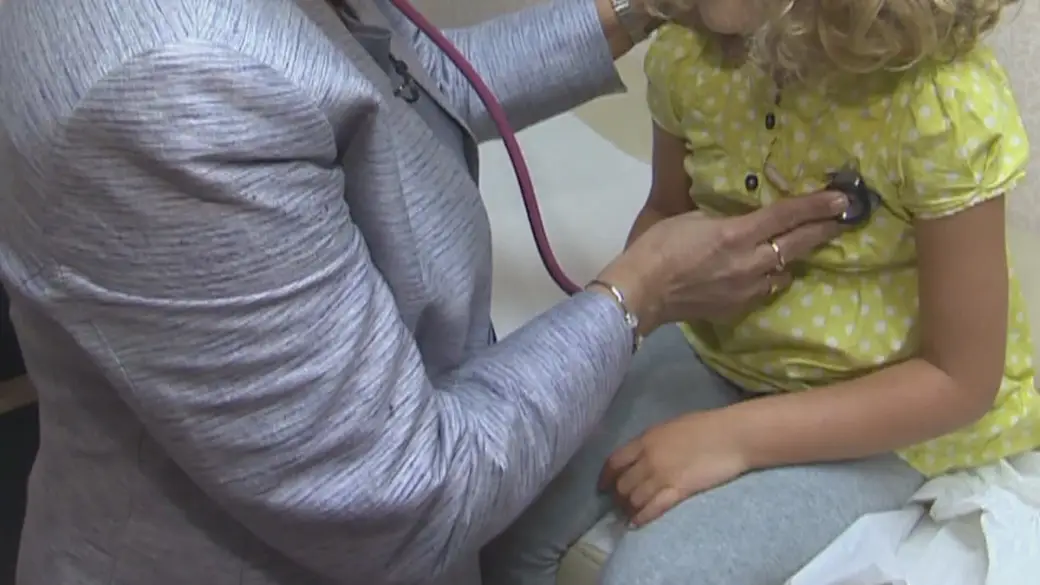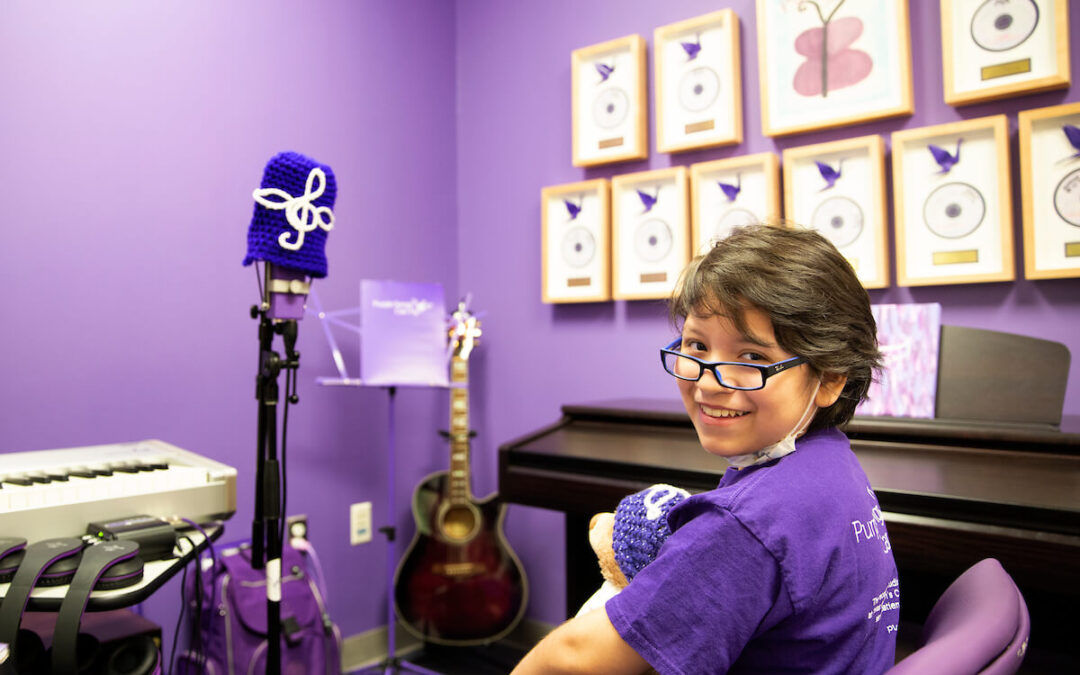
by charmnicole | Apr 27, 2024 | Uncategorized |
By age 45, more than 80 per cent of childhood cancer survivors will grapple with serious or life-threatening effects stemming from their treatments. These repercussions range from heart disease to colorectal and breast cancer, according to a recent Canadian study.
The study, published Monday in the Canadian Medical Association Journal (CMAJ), found that adult survivors of childhood cancer are at elevated risk of sickness and death compared to the general population.
The risk of colorectal cancer is two to three times higher than for the general population. Additionally, females who received chest radiation therapy during childhood have a breast cancer risk similar to individuals with a genetic mutation predisposing them to the disease.
“I think people believe that you treat a child with cancer, you cure them, and then it’s fantastic and that we move on,” said Dr. Paul Nathan, co-author of the study and an oncologist in the division of haematology and oncology at SickKids in Toronto.
Source: For 80% of childhood cancer survivors, serious health risks follow: study

by charmnicole | Apr 27, 2024 | Uncategorized |
A Lehigh Valley nurse and her former patient are back together again, but this time, they are both taking care of those who need them.
It’s a full circle moment at Lehigh Valley Health Network.
Olivia Radcliffe was just 10 years old when she was diagnosed with a rare liver cancer. She’s 22 now, cancer-free and giving back in such a big way.
Source: Pediatric cancer survivor becomes nurse, works with LVHN nurse who cared for her

by charmnicole | Apr 27, 2024 | Uncategorized |
(MEMPHIS, Tenn. – April 25, 2024) Medulloblastoma (the most common malignant childhood brain tumor) is separated into four molecular groups, with Group 3 bearing the worst prognosis. By studying EP300 and CBP, critical proteins in Group 3 medulloblastoma cells, scientists at St. Jude Children’s Research Hospital designed a way to enhance anti-tumor activity by targeting a specific part of these proteins. This targeted approach significantly reduced cancer cell growth. The findings were reported today in Nature Communications.
Previous research by St. Jude scientists and others has classified medulloblastoma into four distinct molecular groups: WNT and SHH — driven by their namesake genetic mutations — Group 3 and Group 4. The prognosis for medulloblastoma is different for each molecular group. Retrospective analyses have shown that WNT tumors have 95% five-year survival. SHH and Group 4 tumors have approximately 75% five-year survival, and the survival rate for Group 3 is only 60%. Approximately one-third of all patients with medulloblastoma relapse, but the rate of relapse varies based on factors such as the patient’s age and what type of therapy they receive.
Source: Targeting specific protein regions offers a new treatment approach in medulloblastoma

by charmnicole | Apr 27, 2024 | Uncategorized |
Top Advisors at the Forbes|SHOOK Top Advisor Summit in Las Vegas donated $1.5 million to fund a potentially lifesaving treatment for kids with one of the deadliest forms of cancer: relapsed high-risk neuroblastoma. Kids with relapsed high-risk neuroblastoma face a less than 5% chance of survival. The sold-out event occurs every October.
The Children’s Cancer Research Fund effort will help break the limits of current immunotherapies, making it safer and more effective for kids. It will also lay the groundwork for scientists to use the therapy for additional childhood cancers.
Source: Forbes|SHOOK Top Advisors Donate $1.5M For Life-Saving Pediatric Cancer Treatment

by charmnicole | Mar 19, 2024 | Uncategorized
HOUSTON, Texas — A unique music program at Texas Children’s Hospital is helping children with cancer and blood disorders tell their stories through music.
Purple Songs Can Fly is the first recording studio ever created on a pediatric cancer floor.
The studio gives young patients the opportunity to write their own original songs and record them. Founder Anita Kruse first started Purple Songs Can Fly in 2006 after performing at Texas Children’s Hospital as a visiting musician.
“When I thought of that line, Purple Songs Can Fly, I was thinking of the idea of sort of rising above illness,” said Kruse.
Since then, Purple Songs Can Fly has produced more than 3,000 songs. Cancer survivor Layla Borghese remembers how excited she was the first time she entered the recording studio.
Source: Purple Songs Can Fly helps young patients express themselves through music

by charmnicole | Mar 19, 2024 | Uncategorized
On International Childhood Cancer Day 2024, we highlight the vital role of parents, as well as family doctors and paediatricians, in the early detection of childhood cancers. No one is more ready to invest in their children’s well-being than parents. By getting to know the early signs and symptoms of certain cancers and looking out for them, you could save your child’s life.
Globally, more than 1000 children are diagnosed with cancer every day. Recent medical advances make for very high chances of survival in high-income countries, where more than 80% of children diagnosed with cancer will survive. Yet only about 20% of children diagnosed with cancer will survive in some low- and middle-income countries.
CureAll framework: WHO Global Initiative for Childhood Cancer
The latest estimates show that in the WHO Eastern Mediterranean Region, more than 70% of all children with a cancer diagnosis died in 2022 (1). Unlike cancer in adulthood, the underlying factors that contribute to childhood cancer are poorly understood, and only a small fraction of childhood cancers can be prevented. This means that the recovery of these children largely depends on the capacity of health systems to ensure timely diagnosis, early referral and appropriate treatment. Achieving this is especially challenging in the many countries of the Region that contend with humanitarian emergencies, natural disasters and political instability.
In 2018, WHO launched the Global Initiative for Childhood Cancer (GICC). Its main goal is to reduce the survival gap by 2030, by making sure that at least 60% of children with cancer worldwide will survive their diagnosis. GICC is a cooperative effort involving WHO on a global, regional and country-specific scale, in partnership with St. Jude Children’s Research Hospital.
Source: International Childhood Cancer Day 2024: reducing the survival gap









Most Commented